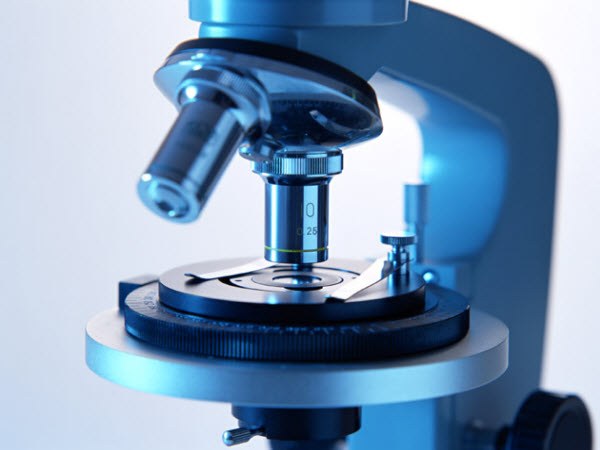Citogramma - study of the epithelium of the vagina. Empirically determined rate of change of the composition of the cells, force the impact of various processes. Citogramma helps to know the current phase of the cycle of menstruation, the presence of inflammation and disease, according to the results of the study age of the patient.
Tissue to study the doctor takes a spatula, scraping material from the inner surface of the vagina. Doctors insist that the patient before the examination did not principalis not had sex, and did not take hormonal contraceptives.
Scoured fabric with a thin layer applied to a special laboratory glass. To prevent drying of the cells and their deformation, the material is handled in a special composition. As a rule, it is a mixture of Nikiforova, which lower the glass with materials for 15-25 minutes.
After fixing the cells, the swab is subjected to staining in different ways. Most commonly a Papanicolaou staining on. This technique accurately reveals the whole set of characteristics that are required to assess the cytoplasm as nuclei and cells.
During the study, the laboratory assistant carries out the counting of cells in all layers of squamous epithelium.
Any age, a woman should regularly undergo citogramma, since this study better than other tests determines the presence of cancer cells in the female genital organs. Oncology using cytograms determined very accurately. While pregnant women from 23 weeks to term is not desirable to do this procedure.
By using cytograms, the doctors easily diagnose the following diseases: erosion or cervical cancer, harmful changes in the mucosa, venereal or viral disease, affecting the inside of the cervix.
It so happens that the doctor himself does not recommend conducting cytograms, without supplying any side effects. It can be called negligence, since it is obvious the neglect of preventive measures. In this case, must figure out how and where to conduct the study.
Tissue to study the doctor takes a spatula, scraping material from the inner surface of the vagina. Doctors insist that the patient before the examination did not principalis not had sex, and did not take hormonal contraceptives.
Citogramma not carried out immediately after examination by a gynecologist and in the event of severe inflammation.
The essence and methods of analysis of tissues
Scoured fabric with a thin layer applied to a special laboratory glass. To prevent drying of the cells and their deformation, the material is handled in a special composition. As a rule, it is a mixture of Nikiforova, which lower the glass with materials for 15-25 minutes.
After fixing the cells, the swab is subjected to staining in different ways. Most commonly a Papanicolaou staining on. This technique accurately reveals the whole set of characteristics that are required to assess the cytoplasm as nuclei and cells.
During the study, the laboratory assistant carries out the counting of cells in all layers of squamous epithelium.
What is assigned to conduct cytograms
Any age, a woman should regularly undergo citogramma, since this study better than other tests determines the presence of cancer cells in the female genital organs. Oncology using cytograms determined very accurately. While pregnant women from 23 weeks to term is not desirable to do this procedure.
By using cytograms, the doctors easily diagnose the following diseases: erosion or cervical cancer, harmful changes in the mucosa, venereal or viral disease, affecting the inside of the cervix.
If the gynecologist insists on this study, it means that there is an urgent need.
It so happens that the doctor himself does not recommend conducting cytograms, without supplying any side effects. It can be called negligence, since it is obvious the neglect of preventive measures. In this case, must figure out how and where to conduct the study.





